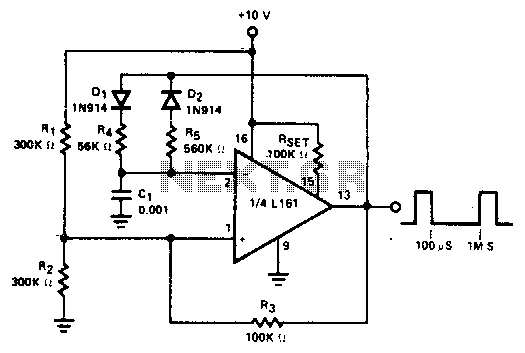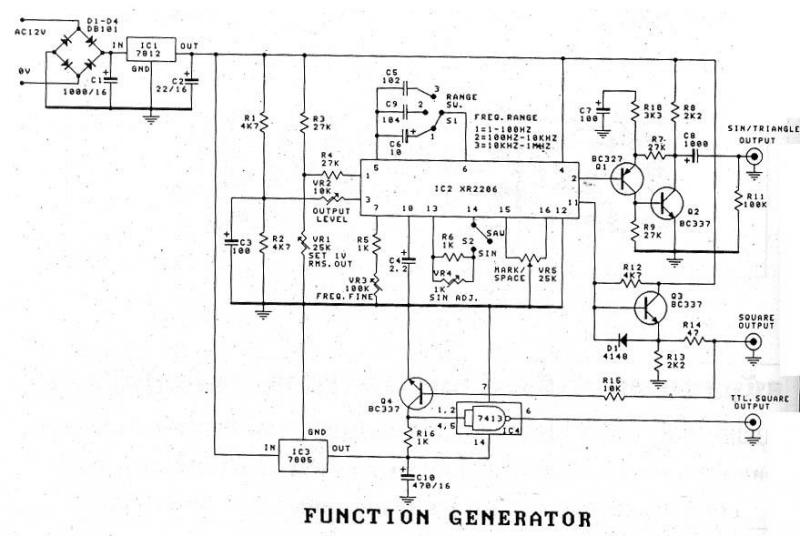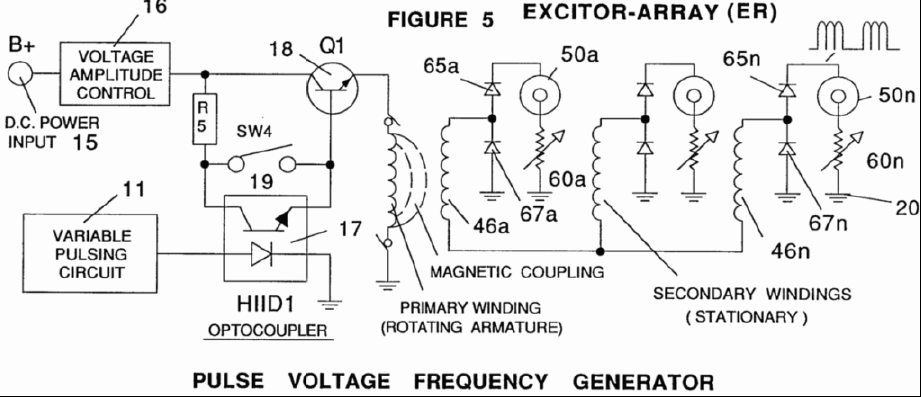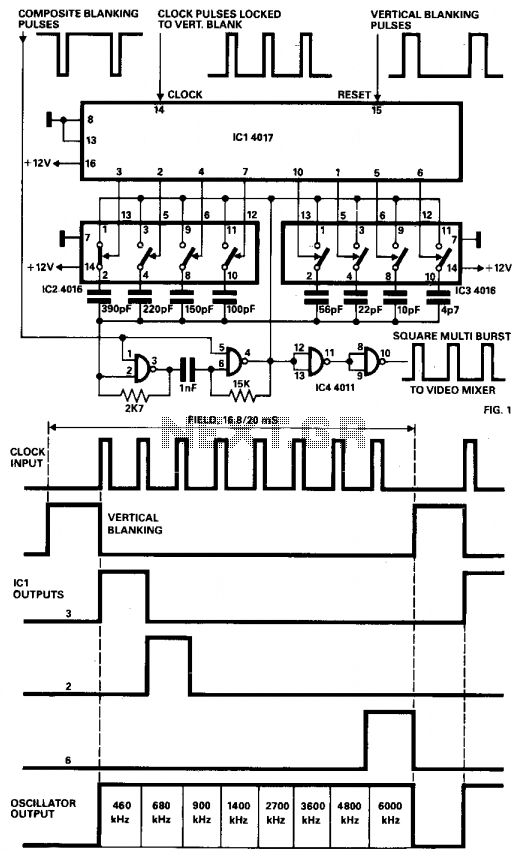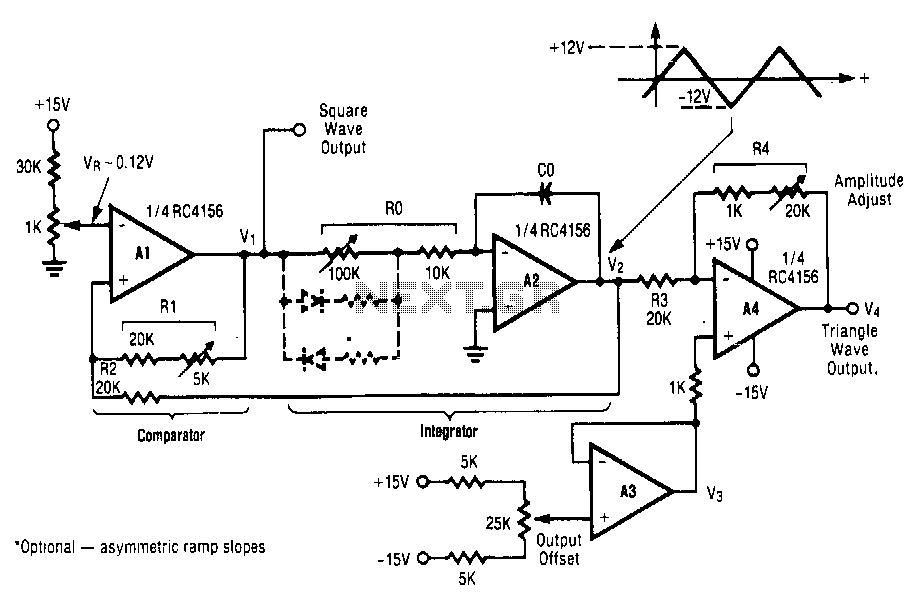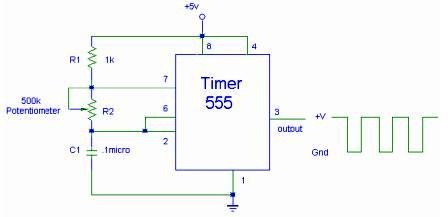
CW Sidetone Generator

This circuit is about as good as it gets for generating morse code tones. It may be used as a code practice oscillator, a tone generator for a keyer, a sidetone oscillator for a CW transmitter or an audio Modulated CW (MCW) generator for an FM transmitter or repeater. More: One may think that this is a lot of circuitry just to make simple beep tones, but the real value of the circuit is that it sounds very smooth when compared to a clicky and harsh-toned square wave code oscillator. This circuit won't hurt your ears.
The described circuit functions effectively as a versatile Morse code tone generator, suitable for various applications such as code practice oscillators, tone generators for keyers, sidetone oscillators for Continuous Wave (CW) transmitters, and audio-modulated CW (MCW) generators for FM transmitters or repeaters.
The design typically incorporates a low-frequency oscillator (LFO) that generates audio frequencies in the range suitable for Morse code transmission. The output waveform is designed to be smooth and sinusoidal, minimizing harshness often associated with square wave oscillators. This is achieved through the use of filtering techniques, such as low-pass filters, which help to round off the edges of the square wave, resulting in a more pleasant tone.
The circuit may utilize operational amplifiers to amplify the generated tones adequately for driving speakers or headphones. Additionally, it can include variable resistors or capacitors to allow for tone adjustment, enabling the user to select different frequencies or pitch levels for the Morse code signals.
For practical implementation, the circuit may feature a simple user interface with controls for adjusting the tone frequency and modulation depth. This flexibility allows users to tailor the output to their specific needs, whether for practice or for use in actual communication scenarios.
Overall, this circuit represents an effective solution for generating Morse code tones that are not only functional but also comfortable for extended listening, making it a valuable tool for amateur radio operators and Morse code enthusiasts.This circuit is about as good as it gets for generating morse code tones. It may be used as a code practice oscillator, a tone generator for a keyer, a sidetone oscillator for a CW transmitter or an audio Modulated CW (MCW) generator for an FM transmitter or repeater. One may think that this is a lot of circuitry just to make simple beep tones, but the real value of the circuit is that it sounds very smooth when compared to a clicky and harsh-toned square wave code oscillator. This circuit won`t hurt your ears, ev 🔗 External reference
The described circuit functions effectively as a versatile Morse code tone generator, suitable for various applications such as code practice oscillators, tone generators for keyers, sidetone oscillators for Continuous Wave (CW) transmitters, and audio-modulated CW (MCW) generators for FM transmitters or repeaters.
The design typically incorporates a low-frequency oscillator (LFO) that generates audio frequencies in the range suitable for Morse code transmission. The output waveform is designed to be smooth and sinusoidal, minimizing harshness often associated with square wave oscillators. This is achieved through the use of filtering techniques, such as low-pass filters, which help to round off the edges of the square wave, resulting in a more pleasant tone.
The circuit may utilize operational amplifiers to amplify the generated tones adequately for driving speakers or headphones. Additionally, it can include variable resistors or capacitors to allow for tone adjustment, enabling the user to select different frequencies or pitch levels for the Morse code signals.
For practical implementation, the circuit may feature a simple user interface with controls for adjusting the tone frequency and modulation depth. This flexibility allows users to tailor the output to their specific needs, whether for practice or for use in actual communication scenarios.
Overall, this circuit represents an effective solution for generating Morse code tones that are not only functional but also comfortable for extended listening, making it a valuable tool for amateur radio operators and Morse code enthusiasts.This circuit is about as good as it gets for generating morse code tones. It may be used as a code practice oscillator, a tone generator for a keyer, a sidetone oscillator for a CW transmitter or an audio Modulated CW (MCW) generator for an FM transmitter or repeater. One may think that this is a lot of circuitry just to make simple beep tones, but the real value of the circuit is that it sounds very smooth when compared to a clicky and harsh-toned square wave code oscillator. This circuit won`t hurt your ears, ev 🔗 External reference
